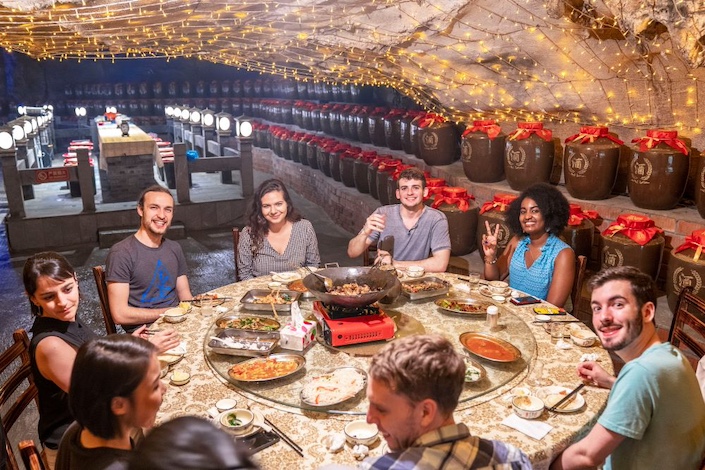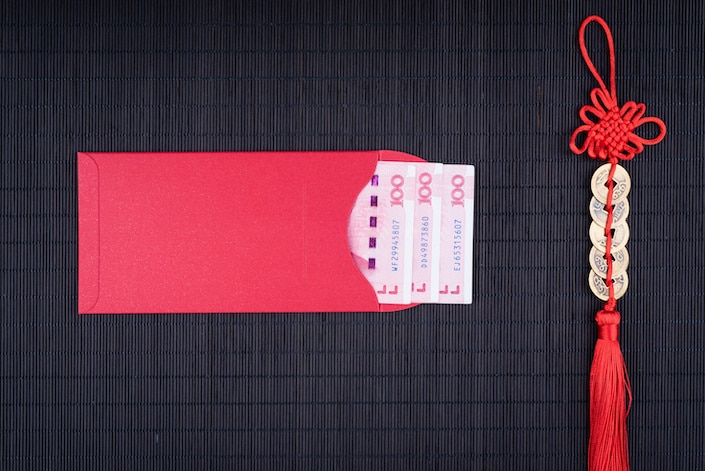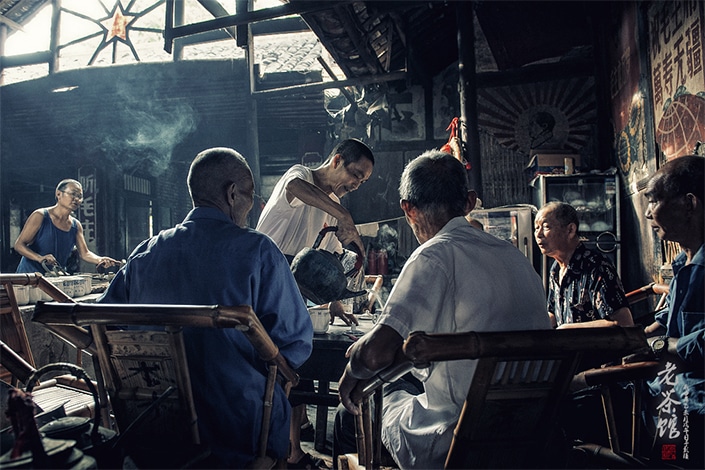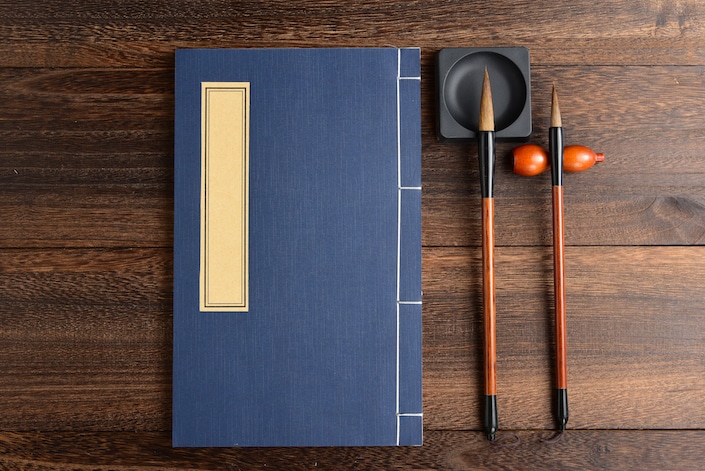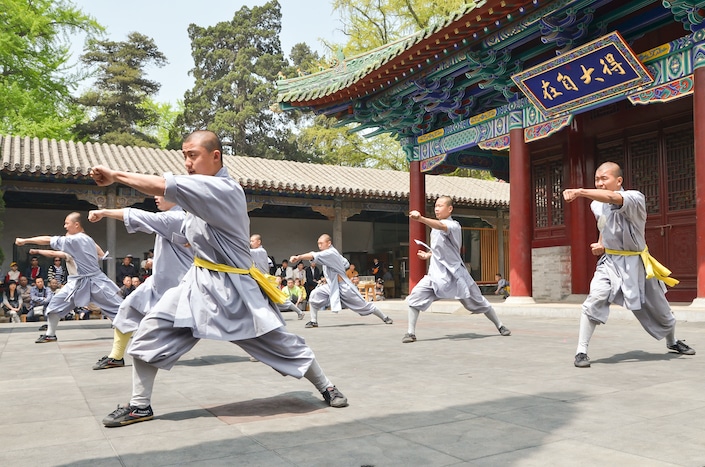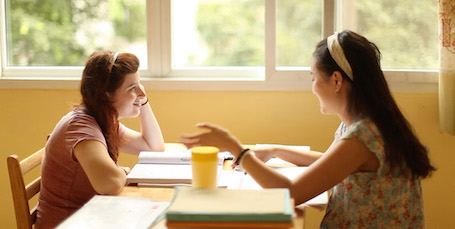Chinese Traditional Shadow Plays
Learn Chinese in China or on Zoom and gain fluency in Chinese!
Join CLI and learn Chinese with your personal team of Mandarin teachers online or in person at the CLI Center in Guilin, China.

Have you heard of Chinese shadow plays, an art considered by many to be the world’s first ever form of puppetry? Traditionally constructed out of natural materials like animal skins and mineral pigments, these marionette-like figurines are painted in order to symbolize archetypal characters from Chinese legends.
Some shadow puppets depict people, while others are crafted in the shape of real animals like lions and mythical animals like Chinese dragons. Placed against translucent cloth screens, puppets are then manipulated by skilled masters to create the illusion of movement which is usually accompanied by song and dance.
Through their performances, shadow plays work to pass on historical stories, social morals and cultural myths from generation to generation.

The roots of shadow puppetry in China can be traced back to the early Han Dynasty, where the practice served as a form of entertainment reserved only for nobility.
During the fifteenth and sixteenth centuries, shadow puppetry began spreading to the working class where it was embraced as a people’s folk art. In the dynasties that followed, shadow puppetry became a celebratory custom for farming and laboring families, with thousands of specialized troupes traveling and performing across the nation.

During the communist revolution in the mid-twentieth century, shadow puppetry was temporarily banned in provinces where officials viewed it as a negative reminder of feudal tradition. Despite suffering a decline in popularity into the present, shadow puppetry nonetheless remains a significant and fascinating symbol of Chinese cultural history.
Excited to learn more about other aspects of Chinese traditional art and culture? Check out our articles on Guilin Opera or traditional Chinese clothing to learn more about China's fascinating artistic and aesthetic traditions.
Chinese shadow puppet vocabulary:
| Hànzì | Pīnyīn | Definition | |
|---|---|---|---|
| 1. | 皮影戏 | pí yǐng xì | shadow play |
| 2. | 传说 | chuán shuō | legend |
| 3. | 龙 | lóng | dragon |
| 4. | 木偶 | mù ǒu | puppet |
| 5. | 影子 | yǐng zi | shadow |
| 6. | 画师 | huà shī | artist |
| 7. | 脚本 | jiǎo běn | script |
| 8. | 歌曲 | gē qū | songs |
| 9. | 音乐 | yīn yuè | music |
| 10. | 文化 | wén huà | culture |
| 11. | 服装 | fú zhuāng | costume |
| 12. | 表演 | biǎo yǎn | performance |
The CLI team is comprised of China experts with advanced degrees in China studies, teaching Chinese as a foreign language, education, and other related disciplines. Founded in 2009, CLI is a center for Chinese language and cultural studies based in scenic Guilin, China.




